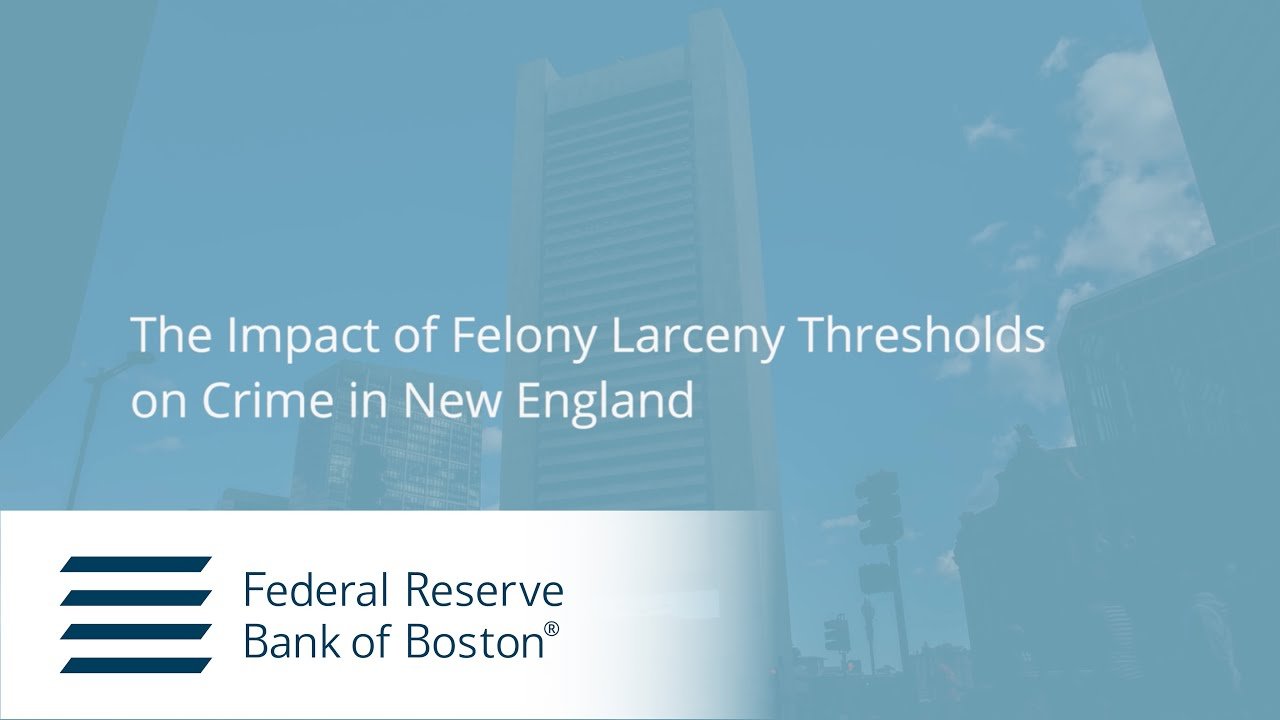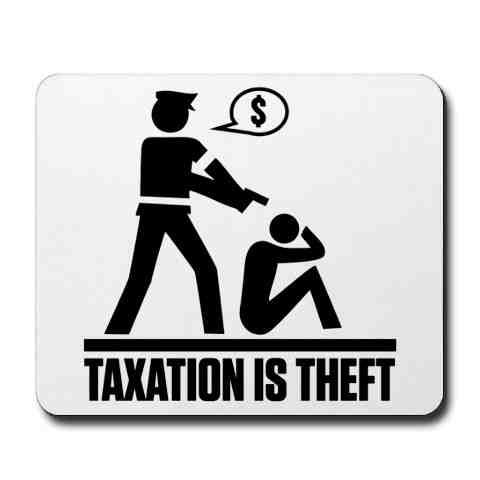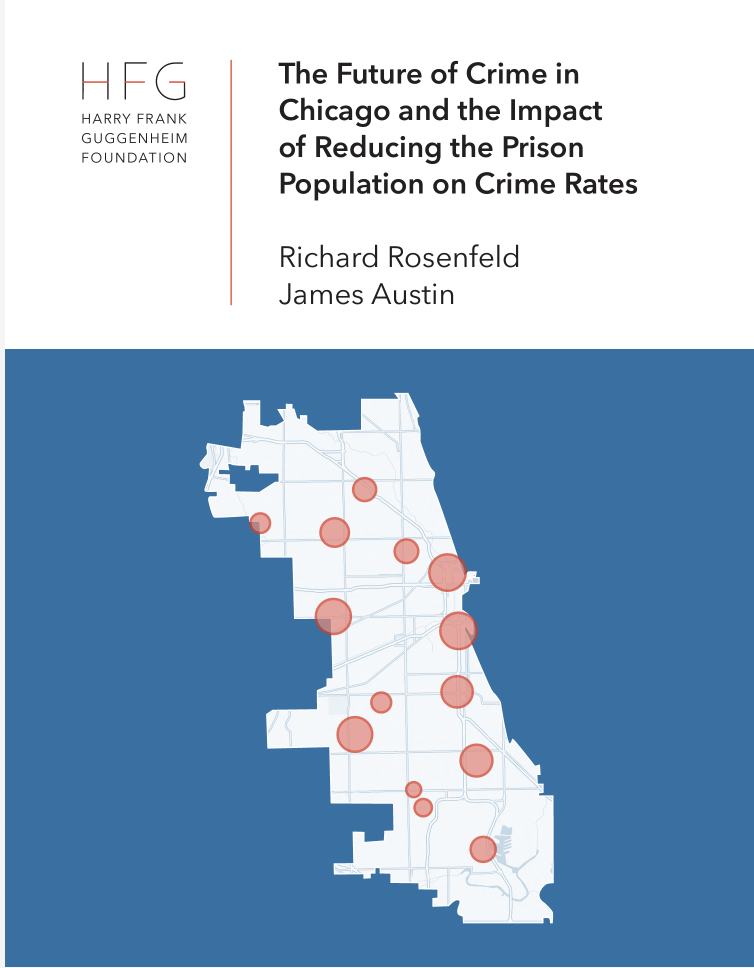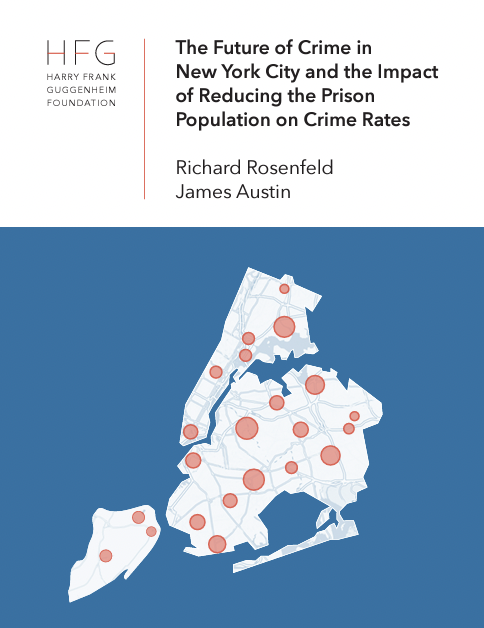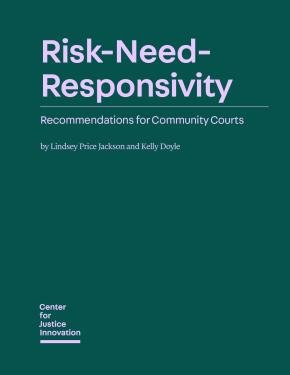By Louise Mansfield, Norma Daykin, Neil E. O'Connell, Daniel Bailey, Louise Forde, Robyn Smith, Jake Gifford, Garcia Ashdown-Franks
Background
Young people who enter the justice system experience complex health and social needs, and offending behaviour is increasingly recognised as a public health problem. Arts interventions can be used with the aim of preventing or reducing offending or reoffending.
Objectives
1. To evaluate evidence on the effectiveness and impact of arts interventions on keeping children and young people safe from involvement in violence and crime. 2. To explore factors impacting the implementation of arts interventions, and barriers and facilitators to participation and achievement of intended outcomes. 3. To develop a logic model of the processes by which arts interventions might work in preventing offending behaviours.
Search Methods
We searched AMED, Academic Search Complete; APA PsycInfo; CINAHL Plus; ERIC; SocIndex; SportDiscus, Medline, CENTRAL, Web of Science, Scopus, PTSDPubs and Performing Arts Periodicals Database, Sage, the US National Criminal Justice Reference Service, the Global Policing and British Library EThOS databases, and the National Police Library from inception to January 2023 without language restrictions.
Selection Criteria
We included randomised and non-randomised controlled trials and quasi-experimental study designs. We included qualitative studies conducted alongside intervention trials investigating experiences and perceptions of participants, and offering insight into the barriers and facilitators to delivering and receiving arts interventions. We included qualitative and mixed methods studies focused on delivery of arts interventions. We included studies from any global setting. We included studies with CYP (8–25 years) who were identified as at-risk of offending behaviour (secondary populations) or already in the criminal justice system (tertiary populations). We included studies of interventions involving arts participation as an intervention on its own or alongside other interventions. Primary outcomes were: (i) offending behaviour and (ii) anti-pro-social behaviours. Secondary outcomes were: participation/attendance at arts interventions, educational attainment, school attendance and engagement and exclusions, workplace engagement, wellbeing, costs and associated economic outcomes and adverse events.
Data Collection and Analysis
We included 43 studies (3 quantitative, 38 qualitative and 2 mixed methods). We used standard methodological procedures expected by The Campbell Collaboration. We used GRADE and GRADE CERQual to assess the certainty of and confidence in the evidence for quantitative and qualitative data respectively.
Main Results
We found insufficient evidence from quantitative studies to support or refute the effectiveness of arts interventions for CYP at-risk of or who have offended for any outcome. Qualitative evidence suggested that arts interventions may lead to positive emotions, the development of a sense of self, successful engagement in creative practices, and development of positive personal relationships. Arts interventions may need accessible and flexible delivery and are likely to be engaging if they have support from staff, family and community members, are delivered by professional artists, involve culturally relevant activity, a youth focus, regularity and a sustainable strategy. We found limited evidence that a lack of advocacy, low funding, insufficient wider support from key personnel in adjacent services could act as barriers to success. Methodological limitations resulted in a judgement of very low confidence in these findings.
Authors' Conclusions
We found insufficient evidence from quantitative studies to support or refute the effectiveness of arts interventions for CYP at-risk of offending or who have offended for any outcome. We report very low confidence about the evidence for understanding the processes influencing the successful design and delivery of arts interventions in this population of CYP and their impact on behavioural, psychosocial, cognitive and offending outcomes.
Campbell Systematic Reviews Volume20, Issue1 March 2024 e1377


